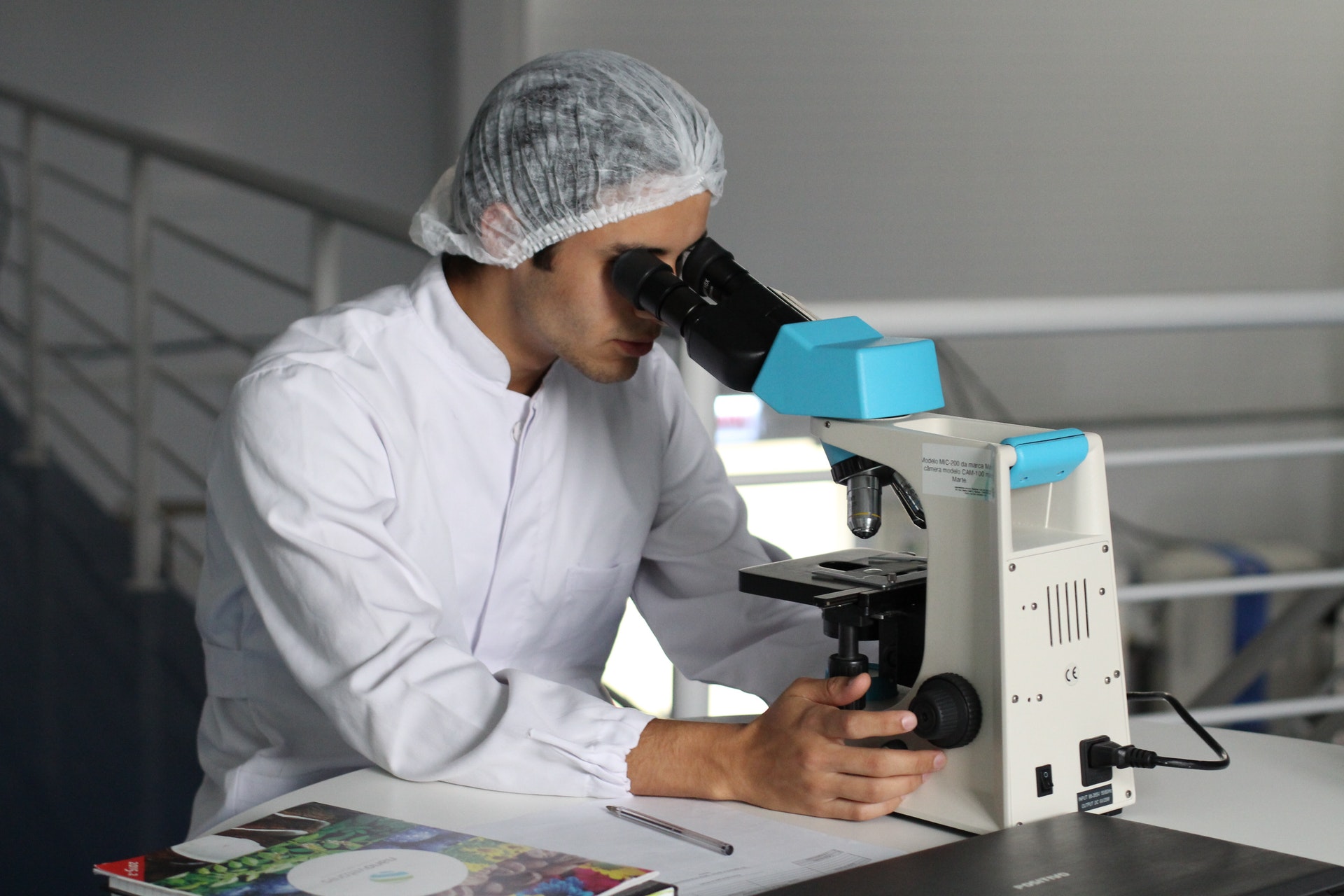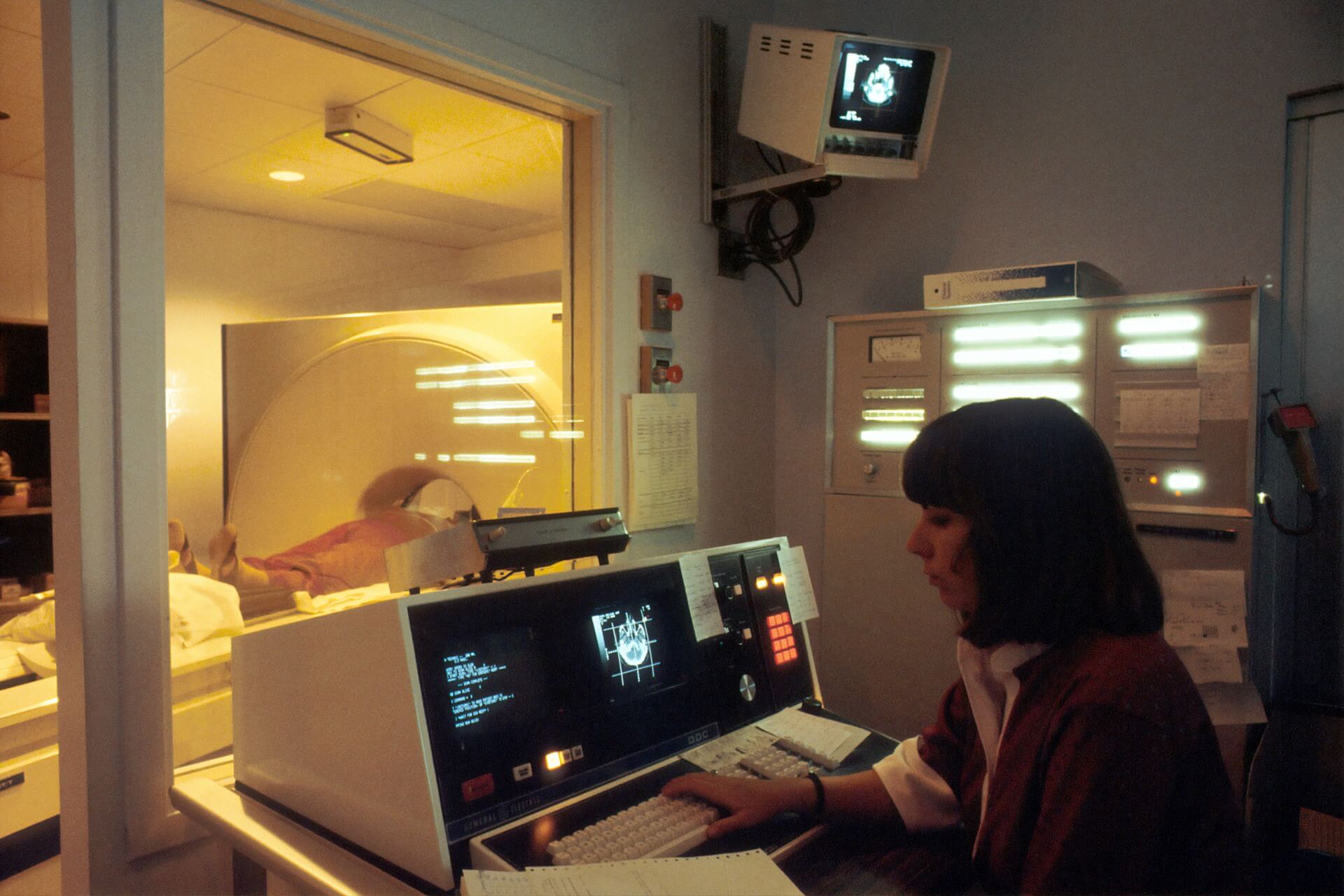
How Can Genetic Engineering Help the World?
December 14, 2021 - Emily Newton
Revolutionized is reader-supported. When you buy through links on our site, we may earn an affiliate commission. Learn more here.
Many people feel a mixture of excitement and uncertainty when they think about genetic engineering. Most of the related achievements are undoubtedly impressive. However, it’s understandable to wonder if some of the gene-related tweaks made in labs could have some downsides, too.
Indeed, it’s not possible to know all the impacts a discovery could have. However, genetic engineering efforts often have societal progress as their foundational aim. Here are some interesting examples.
Eliminating Malaria’s Risk
People in some parts of the world view mosquitos as mere annoyances. They’re just pests that’ll disrupt a summer barbecue or camping trip. Elsewhere, though, the anopheles mosquito spreads a parasite that causes malaria.
Statistics show that residents of 87 countries live in malaria transmission risk zones. The affected parties comprise nearly half the world’s population. Those most at risk are young children and pregnant people, as well as visitors.
Preventive measures include taking antimalarial drugs, sleeping under mosquito nets and wearing bug repellent. However, what if there was a way to make the mosquitos themselves less dangerous? That’s one goal of people working in genetic engineering.
Breaking the Transmission Link With Gene Editing
Scientists are continually interested in new ways to fight malaria. Mosquitos are becoming more resistant to many of the pesticides used against them. Plus, the parasite that causes malaria is no longer as responsive to some drugs used for prevention. However, gene drives could help.
They’re a genetic engineering technique that alters genes to make them less prominent in future generations. Scientists hope to create genetically modified mosquitos that are less likely to spread the malaria parasite. Alternatively, their approach may reduce the size of future mosquito populations.
The team focused on the mosquito’s gut, and they inserted a gene at three spots in the insect’s DNA. The gene encodes an antimalarial protein within other genes activated after the mosquito feeds on blood. It also functions as a gene drive passed onto most of the mosquito’s offspring.
Further research centered on ensuring this minor genetic tweak did not affect the insects’ ability to live healthily and reproduce. The scientists say this passive approach to gene modification is well-suited for field testing. If it works as they hope, this genetic engineering feat could be crucial for malaria management.
Curing Sickle Cell Disease
Sickle cell disease affects approximately 8% of African-Americans, resulting in up to 100,000 Americans living with that diagnosis. It’s an inherited disorder causing rigid, C-shaped red blood cells. Those can get stuck and restrict blood flow, causing pain, elevated infection risk and other complications.
There is currently no cure for sickle cell disease. Moreover, its symptoms can start as early as four months of age. That’s one reason why newborns get tested for it. Some expectant parents often opt for genetic screening before delivery, too.
Many people believe biotechnology could open new possibilities in medicine. What if genetic engineering could treat hereditary issues, such as sickle cell disease? That’s an outcome people hope to achieve with ongoing clinical trials concerning modifying DNA in blood cells.
Deleting a Gene to Help Patients Overcome Disease-Related Limitations
The existing treatments for sickle cell disease range from medication to blood transfusions. However, genetic engineering could add another possibility.
A recent successful patient treatment in a clinical trial relied on gene editing. Researchers found a safe method of modifying DNA stem cells to get desirable results. They used gene editing to remove the gene that suppresses fetal hemoglobin production.
Doing that made the stem cells begin producing the hemoglobin. Then, patients with sickle cell disease make enough of it to overcome the symptoms of their condition. This method uses a patient’s existing cells and does not require a donor.
It also relies on a technique called electroporation to efficiently add pores into the cells. That option reportedly has a low risk of accidentally activating the wrong genes and causing unwanted modifications.
As of January 2021, only two patients had received this treatment. However, both had positive outcomes and remained under observation. It’s too early to say how much of an impact this could have on patients with sickle cell disease. However, these early results are undoubtedly hopeful.
Growing Foods Less Likely to Cause Allergic Reactions
Food allergies can pose significant risks and challenges for the people who suffer from them. For example, many processed products have traces of potential allergens. It’s also often difficult for some people to verify that the dishes they order at restaurants won’t cause allergic reactions later.
Statistics show that 3-10% of adults and 8% of kids worldwide have immunoglobulin E (IgE)–mediated food allergies. These issues cause immune-mediated responses within two hours of consumption.
The so-called “big eight” are the most common foods causing allergic reactions in humans. Together, they cause the vast majority of issues. Wheat and peanuts are two of the products in that group. However, genetic engineering could spur progress that grows crops less likely to trigger unwanted reactions.
When someone receives a food allergy diagnosis, their physician will probably tell them to steer clear of products that could trigger the issue. The doctor may also prescribe them an EpiPen to use during severe anaphylactic reactions. However, when people cut certain foods out of their diet, they lose any associated nutritional benefits. Is genetic engineering the way to solve this problem?
Reducing Food Allergy Impacts Without Avoidance
Sachin Rustgi is a scientist who believes specialized plant breeding could be the key to making foods less allergenic. Succeeding in that goal could improve patient safety while removing food allergy inconveniences. Peanuts and wheat are the first two crops targeted in this initiative.
“People with food allergies can try hard to avoid the foods, but accidental exposure to an allergen is also possible. Allergen exposure can lead to hospitalization, especially for people with peanut allergies. For others, avoiding wheat and peanuts is not easy due to geographical, cultural, or economic reasons.”
Plus, wheat is an excellent source of fiber, energy and vitamins. Besides offering a good way to add protein to a diet, peanuts contain healthy fats, plus minerals and vitamins. Rustgi’s work focuses on the proteins inside wheat and peanut genes that can cause allergic reactions.
For example, peanuts have 16 proteins that could trigger them. However, four of them cause reactions in more than 50% of sensitive individuals. The goal is to find low-allergenic varieties of wheat and peanuts that can then get cross-bred with crops that have other advantageous traits.
Rustgi is using conventional plant breeding techniques alongside his efforts to manipulate protein-containing genes. Milestones achieved through this work could be game-changing for people diagnosed with food allergies.
What Are the Concerns Surrounding Genetic Engineering?
The above examples illustrate why so many people are rightfully excited about how genetic engineering could improve the world. However, others are understandably concerned about unintended consequences or societal harms.
Many of the hesitations stem from people’s religious beliefs, especially regarding unborn children. Scientists have already used genetic engineering to edit the genes of human embryos. Supporters say this could lead to kids who are smarter, taller or built better for certain sports. On the other hand, parents may feel less willing to bear or raise children with disabilities.
Similarly, many people don’t like the idea of genetically modified foods. Researchers have performed extensive research to verify their safety before such products reach the market. However, some individuals worry those foods could harm people or the environment years down the line. Additionally, the companies with the most resources to invest in this type of genetic engineering could achieve an unfair marketplace advantage.
Experts familiar with the matter also say genetic engineering is an increasingly likely mechanism for terrorism. Biological warfare is not new, but its agents historically come from natural sources. As people learn more about genetic engineering and its capabilities, the chances of malicious use rise. An adversary could create a deadly disease in a lab or use gene therapy for harm. Those are two of the many possibilities terrorism experts are aware of and monitoring.
These realities don’t mean people should cut back on genetic engineering work. This type of science is like almost anything else in that people can harness its potential in both beneficial and destructive ways.
Genetic Engineering Can Help Tackle Emerging Challenges
Climate change, hunger and chronic diseases are some of the many things people worldwide face now or may soon. There’s no single solution for all these massive problems and others like them. However, genetic engineering could bring about breakthroughs that help scientists deal with them in previously impossible ways.
Revolutionized is reader-supported. When you buy through links on our site, we may earn an affiliate commission. Learn more here.
Author
Emily Newton
Emily Newton is a technology and industrial journalist and the Editor in Chief of Revolutionized. She manages the sites publishing schedule, SEO optimization and content strategy. Emily enjoys writing and researching articles about how technology is changing every industry. When she isn't working, Emily enjoys playing video games or curling up with a good book.







